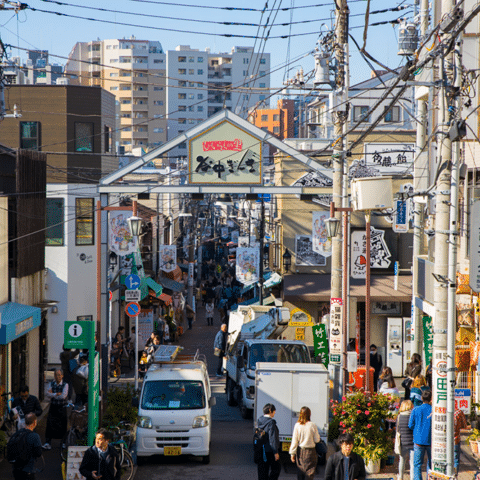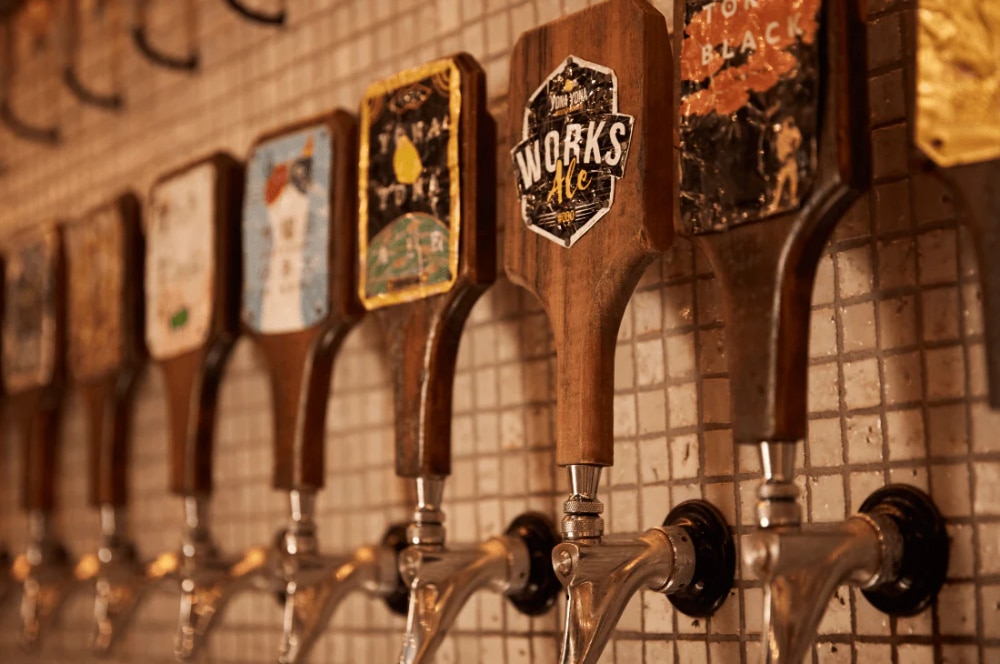
Spring in Japan is not only limited to eating sakura-flavored foods. It’s also a great time for harvesting and eating takenoko (bamboo shoots). Sakura may be the symbol of spring, but takenoko is known to be the taste of the season. Have you ever tried any bamboo shoots dish?
Let’s find out more about this incredible vegetable and why it’s a springtime staple in Japan.

Photo Credit: powerkutte on Pixabay
What is takenoko?
Takenoko 竹の子, literally meaning the bamboo’s child, are the edible young bamboo culms that grow out rapidly from the ground. They consist of fibrous layers tightly bound, overlapping one another, and forming into cylindrical cone-shaped bulbs. The newly sprouted takenoko have a firm and crispy texture. They are at their best around the month of April to May when they are about a foot long in size.
Want to know where to buy takenoko for yourself? In large cities and towns, takenoko can be found in supermarkets, vegetable stores, and across country roads. They can be sold either fresh, canned, vacuum-sealed, or cooked in packed meals.

Photo by: Christina Oshima
Takenokohori タケノコ掘り(bamboo shoots digging): The rite of spring
Thinking of another fun experience to do in addition to hanami? Take a day trip to the countryside and join a takenoko digging tour! It’s definitely a fun and must-do activity for the whole family and friends in spring.
Most of the countryside in Japan is covered in dense and beautiful bamboo forests. You will see these forests between households and open spaces, blending into the mountainous landscape. If you haven’t tried your hand at digging bamboo shoots, you can join in takenokohori events for a small fee in some local bamboo farms. Friendly farmers teach you the best digging techniques. With proper attire like gloves, garden boots, and a rental hoe, you’re ready to experience an unforgettable spring activity in nature!

Photo taken from Canva
You can dig up as many as you can, depending on the rules set by the farm. You can bring home either raw, or pre-cooked takenoko, but if you haven’t tried cooking them, it is best to observe the methods of pre-cooking. It’s one of the highlights in takenokohori, where everybody peels and slices the takenoko in groups!

Photo by Christina Oshima
In some prefectural cities and towns, they hold a festival in celebration of the takenoko harvest with local foods, games, and performances. However, event schedules may have changed so it’s always recommended to check the festival’s website before participating.

Photo Courtesy: May_hokkaido on Pixabay
Takenoko preparation
To prepare the takenoko for cooking, it is pre-cooked before being used in different dishes. After harvesting, the outer skin is removed, and the bamboo shoots are washed and sliced. Some people prefer to grill and boil them with their skin on. Raw takenoko has a bitter taste, so in order to remove the bitterness, they should be boiled in a mild alkaline solution for a long period of time. The alkaline solution is usually the white, cloudy water from rinsing rice or plain water with a pinch of rice bran. After boiling, the water is cooled down and the bamboo shoots are ready for cooking a new dish.

Bamboo shoots rice. Photo taken from Canva
Delicious takenoko dishes to try
Did you know that bamboo shoots are high in potassium and low in calories? It’s definitely a healthy vegetable and they are commonly found in various Japanese dishes.
Takenoko Gohan (Bamboo shoots rice) A popular dish amongst locals during the Edo period, takenoko gohan is still popular today and suitable for vegetarians. Takenoko is added to rice making it more delicious and fragrant. You can customize the dish by adding squid or shiitake mushrooms.
Takenoko no nimono (Simmered bamboo shoots) A classic, easy-to-make- side dish where the bamboo shoots are simmered with everyday Japanese condiments such as dashi, soy sauce, mirin, sake, and sugar. It is topped with dry bonito flakes giving your plain takenoko a boost of flavor.
Grilled bamboo shoots A must-try dish for your barbecue party when you think of calories and nutrition. Grilled takenoko’s flavor is enhanced by glazing them with sweet sake, bonito stock, and soy sauce.
Takenoko tempura Crunchy and easy to make, takenoko tempura is a great addition to your vegetable tempura platter.

Photo Courtesy: NaoYuasa on Pixabay
Menmaメンマ – Fermented takenoko strips commonly used as toppings for ramen. They are light brown in color with a distinctive flavor.
Whatever foods you plan to eat in spring, don’t hesitate to add takenoko dishes to your menu. And don’t forget to join a takenoko digging tour as a new outdoor activity to experience!
Featured photo from Canva
Learn why you should visit Japan during the Spring season!
PIN THIS FOR LATER




